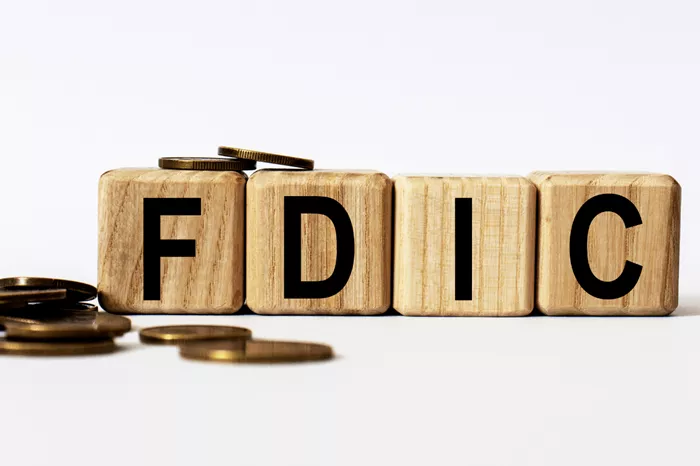In the financial landscape, life insurance is often viewed primarily as a safety net for loved ones in the event of death. However, certain types of life insurance policies offer a feature that can be a valuable asset during the policyholder’s lifetime: the cash value. Understanding the cash value of life insurance and its role as a liquid asset can be crucial for effective financial planning.
Introduction to Life Insurance and Cash Value
Life insurance is a contract between an individual and an insurance company, where the company provides a monetary benefit to beneficiaries upon the insured’s death. There are different types of life insurance policies, and some include a cash value component that accumulates over time. This cash value can be considered a liquid asset, offering potential financial flexibility.
Types of Life Insurance Policies
To fully grasp the cash value concept, it’s essential to understand the types of life insurance that include this feature. The two main types are whole life insurance and universal life insurance.
Whole Life Insurance
Whole life insurance is a permanent policy that provides coverage for the insured’s entire life, as long as premiums are paid. It includes a cash value component that grows over time based on a guaranteed interest rate and any dividends paid by the insurance company.
Universal Life Insurance
Universal life insurance is another type of permanent policy with a cash value component. It offers more flexibility in premium payments and death benefits compared to whole life insurance. The cash value in a universal life policy grows based on current interest rates, which can vary.
Understanding Cash Value
Cash value is the portion of a life insurance policy that accumulates and can be accessed by the policyholder. It represents a savings component within the insurance policy, separate from the death benefit.
How Cash Value Accumulates
Cash value grows over time through a combination of premium payments, interest earnings, and, in some cases, dividends. Premiums paid into the policy contribute to both the death benefit and the cash value. The insurance company credits the cash value with interest, which can compound over time. In some cases, policyholders may also receive dividends, which can be used to increase the cash value.
Accessing Cash Value
Policyholders can access the cash value of their insurance policy in several ways:
Withdrawals: Policyholders can make partial withdrawals from the cash value. However, withdrawals may reduce the death benefit and could have tax implications.
Loans: The cash value can be borrowed against, with the policy serving as collateral. While loans typically have lower interest rates, any unpaid loans and interest will reduce the death benefit.
Surrender: The policyholder can surrender the policy entirely to receive the accumulated cash value. This option terminates the insurance coverage and may involve surrender charges.
Cash Value as a Liquid Asset
A liquid asset is one that can be quickly converted into cash without significant loss of value. The cash value of a life insurance policy can be considered a liquid asset, but it is essential to understand its characteristics and limitations.
Benefits of Cash Value as a Liquid Asset
Accessibility: The cash value can be accessed through withdrawals or loans, providing financial flexibility in times of need.
Growth Potential: The cash value grows over time, offering a potential source of funds for future needs, such as retirement or emergencies.
Financial Stability: The cash value can serve as a safety net, providing an additional layer of financial security beyond the death benefit.
Limitations and Considerations
Impact on Death Benefit: Accessing the cash value can reduce the death benefit paid to beneficiaries. Withdrawals and loans must be carefully managed to avoid unintended reductions in coverage.
Fees and Charges: There may be fees associated with accessing the cash value, such as surrender charges or loan interest. These costs can impact the overall value received.
Tax Implications: Depending on how the cash value is accessed, there may be tax implications. Withdrawals and loans can affect the tax treatment of the policy, so it’s essential to consult with a tax advisor.
see also: Why is insurance so important in life?
Using Cash Value Strategically
Policyholders can use the cash value strategically as part of their overall financial plan. Here are some considerations:
Emergency Fund
The cash value can act as an emergency fund, providing a financial cushion in unexpected situations. Policyholders can withdraw or borrow against the cash value to cover urgent expenses.
Supplementing Retirement Income
The cash value can be used to supplement retirement income. Policyholders might choose to take withdrawals or loans to support their retirement lifestyle, though it is crucial to understand the impact on the policy’s death benefit.
Paying Premiums
In times of financial difficulty, the cash value can be used to pay policy premiums, helping to keep the insurance coverage in force without additional out-of-pocket expenses.
Conclusion
The cash value of a life insurance policy represents a significant feature that can enhance financial flexibility. As a liquid asset, it offers policyholders the ability to access funds during their lifetime, providing options for managing emergencies, supplementing retirement income, and maintaining financial stability. However, it is essential to understand the implications of accessing the cash value, including its impact on the death benefit, potential fees, and tax considerations. By incorporating the cash value into a comprehensive financial plan, individuals can leverage this asset effectively to meet their financial goals and needs.


